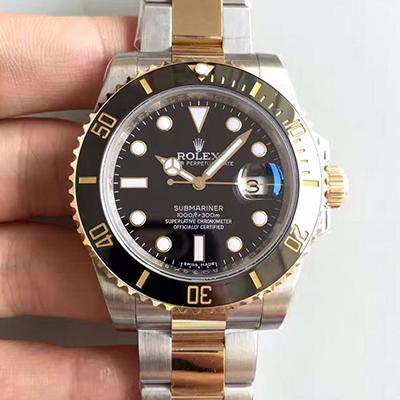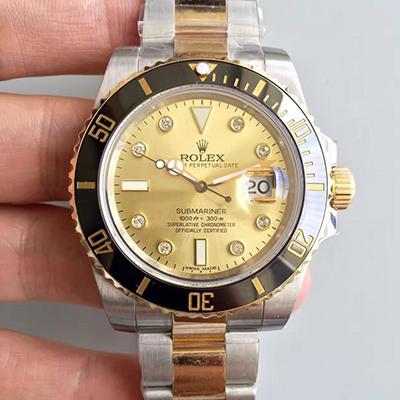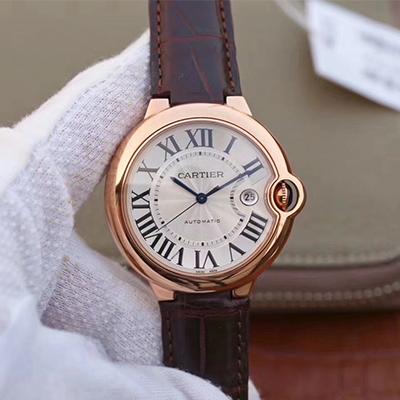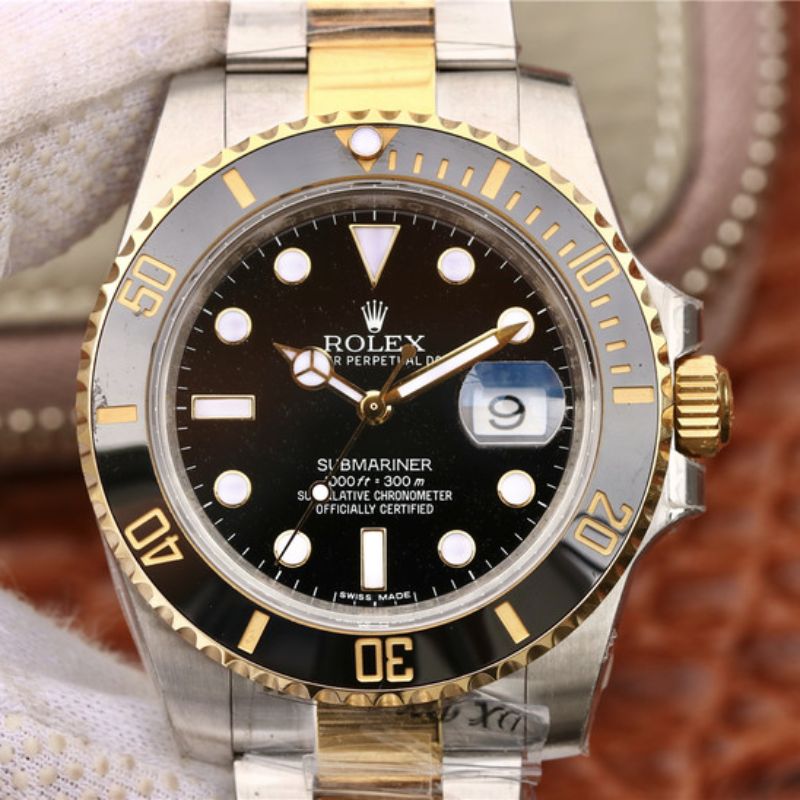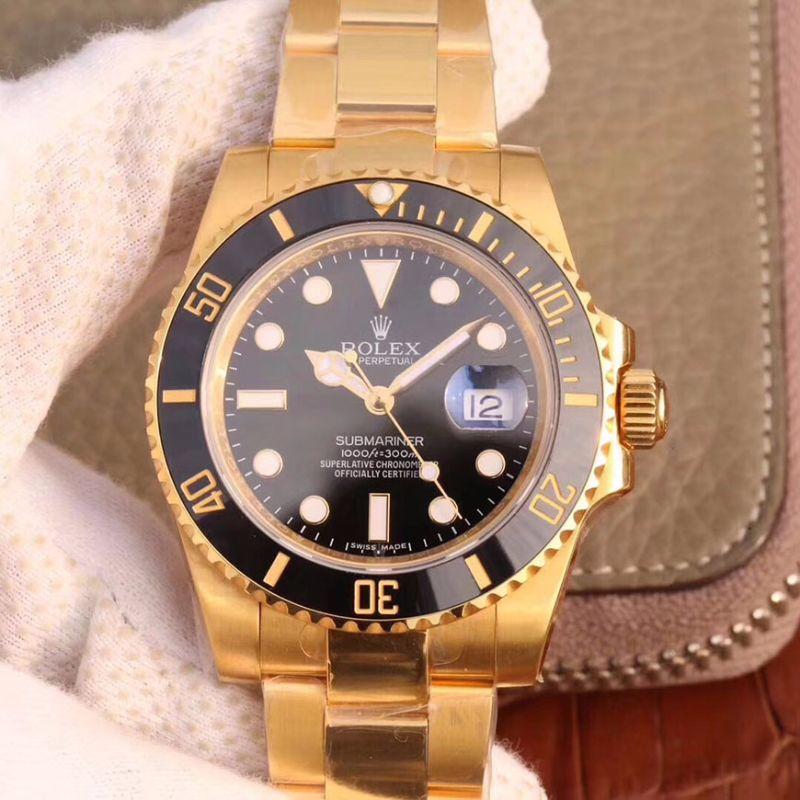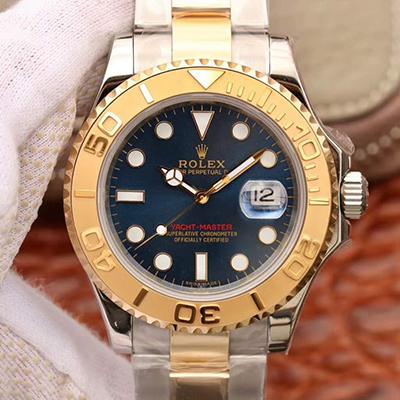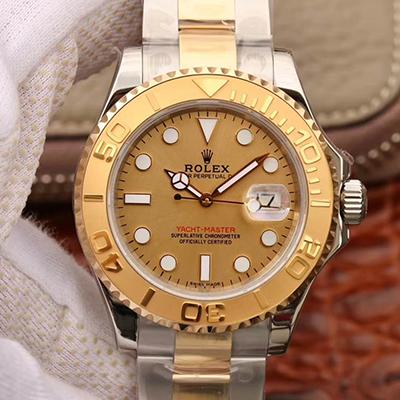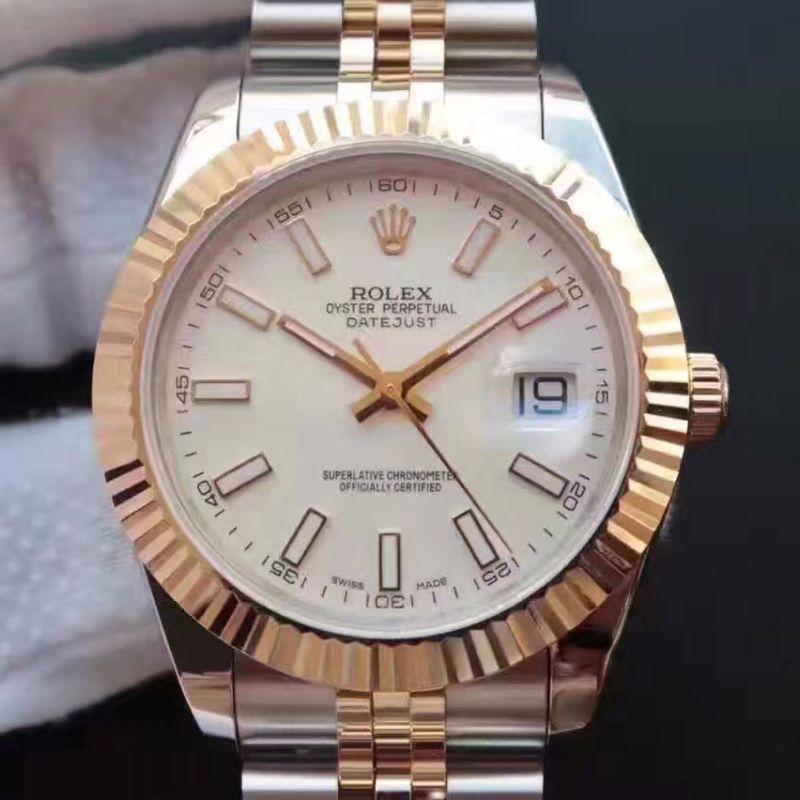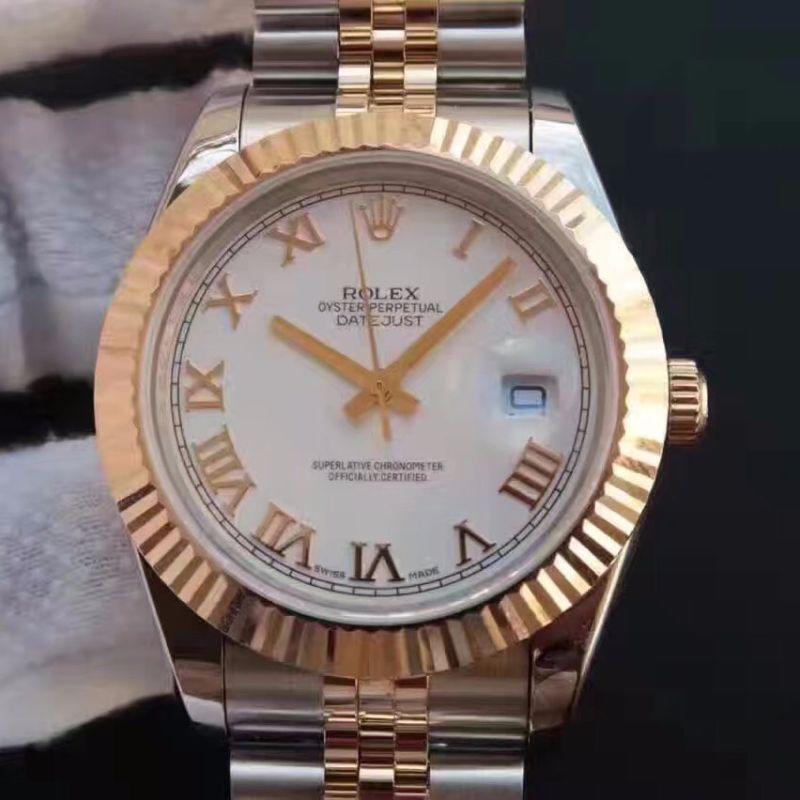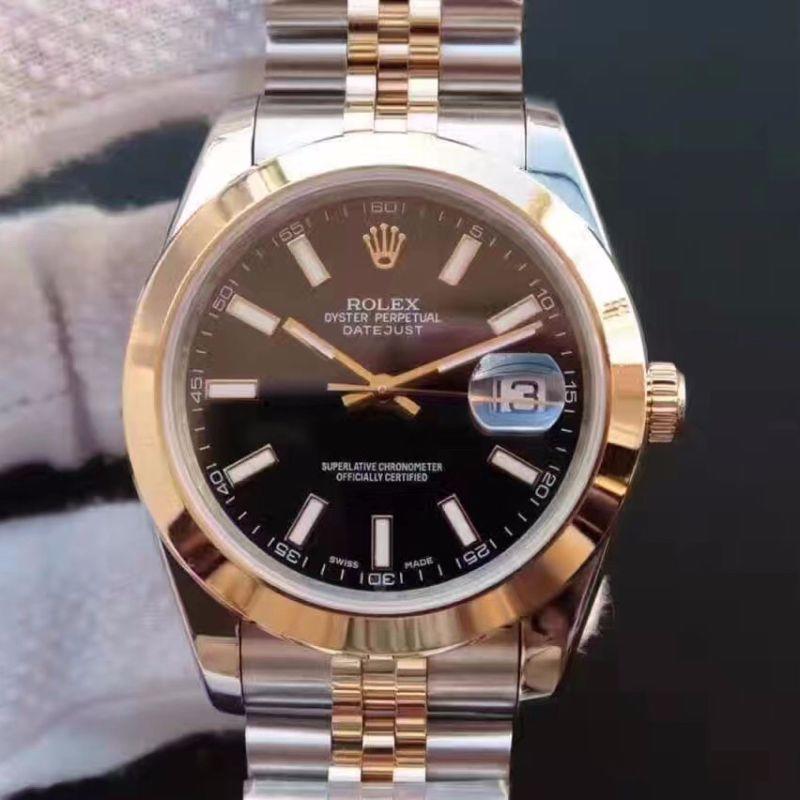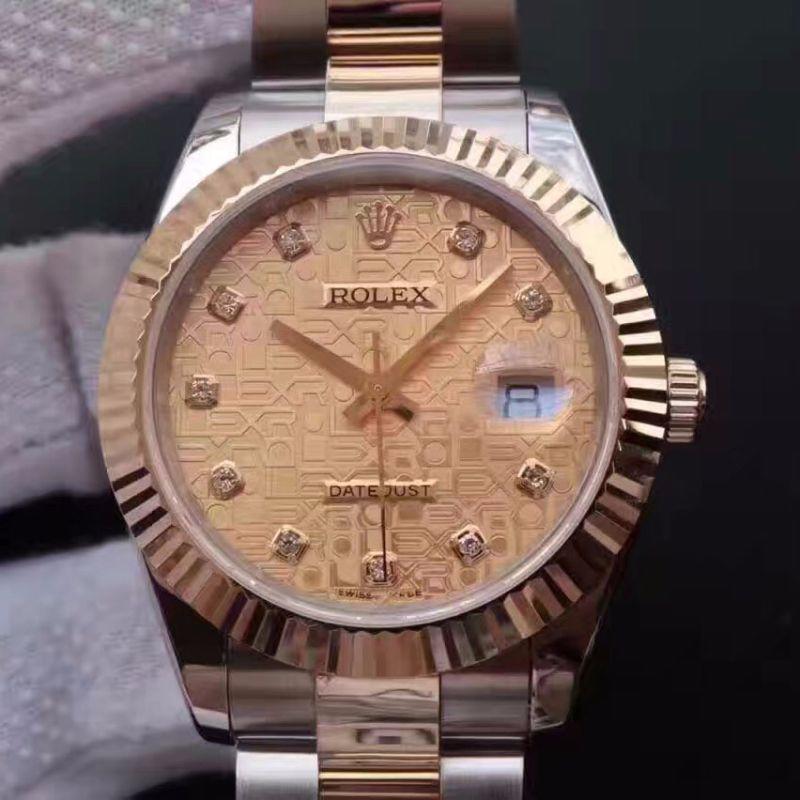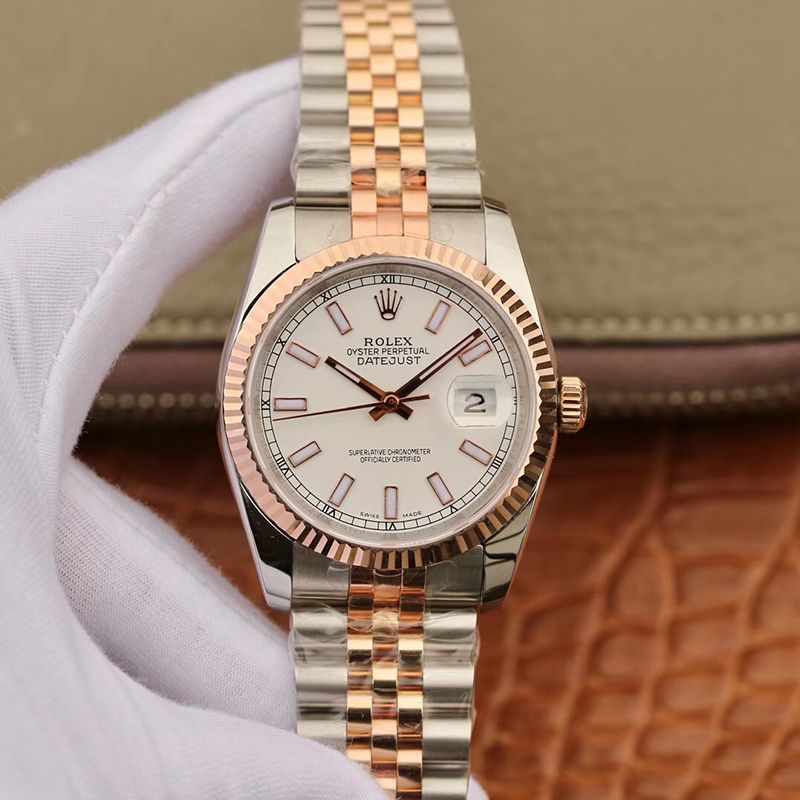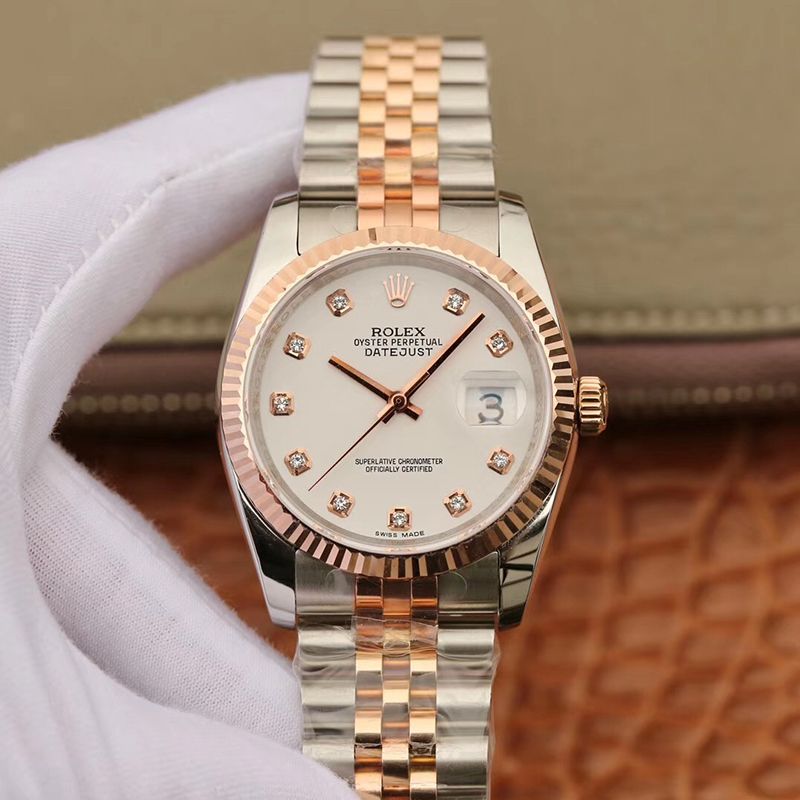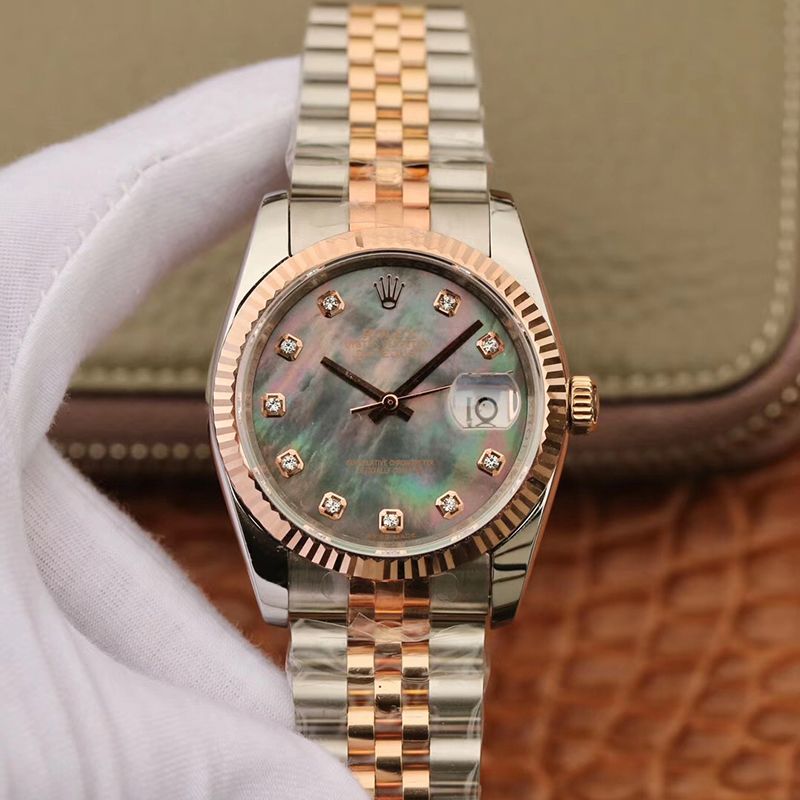Replica Gold Watches
The allure of Replica Gold Watch | Best Gold Replica Watches Stores – Replica Watch Wholesale has long been associated with luxury, prestige and timeless elegance. Among the various gold plating processes used in the watchmaking industry, 18K gold plating (also known as gold filling or gold plating) stands out as a high-end alternative to pure gold, combining durability, beauty and cost-effectiveness.
18K gold plating refers to the process of bonding a thick layer of 18K gold (75% pure) to a base metal (usually stainless steel) through mechanical or heat treatment methods. Unlike thin plating that easily wears off, gold plating on high-end replica watches usually uses “gold filling” or “gold rolling” technology to obtain a thicker gold layer (thickness between **5 and 80 microns**), ensuring long-term durability and resistance to tarnishing of the watch case.
Comparison of gold plating with other gold plating methods
– 18K pure gold: the most luxurious but expensive option, used in high-end genuine watches such as Rolex or Patek Philippe.
Electroplating (PVD coating): A more economical alternative, a thin layer of gold (3-10 microns) is deposited by electroplating or PVD (physical vapor deposition). But it is not as durable as gold plating.
– Gold plating: A high-end electroplating method that deposits a thick layer of gold (at least 2.5 microns) on a substrate.
The manufacturing of 18K gold-plated replica watches involves multiple precision steps to ensure a high-quality finish. The case and bracelet are usually made of 316L and 904L stainless steel, which are known for their corrosion resistance and durability. Before gold plating, the surface is carefully polished to remove imperfections.
The metal surface is cleaned by **ultrasonic** to remove oil and contaminants. The surface is **activated using a **acid bath (2-10% hydrochloric acid or sulfuric acid) to improve the adhesion of gold.
Gold plating technology Mechanical bonding (gold filling/gold pressing)
A thick sheet of 18K gold (usually 5-10% of the total weight) is pressed onto the stainless steel surface.
The stamped metal is then heated (700-800°C) to ensure that the gold layer is permanently fused.
This method is more durable than electroplating and the gold layer can last for decades if properly maintained.
Electroplating (for finer details) is used for complex designs that would be impractical to bond mechanically.
The watch parts are immersed in an 18K gold electrolyte (containing gold salts, conductive agents and stabilizers).
The electric current deposits a thin, uniform layer of gold (usually 10-40 microns thick).
After gold plating, the watch is polished with high precision to enhance its shine and smoothness. Finally, a protective coating (rhodium or varnish) can be applied to prevent oxidation and scratches.
The warm sheen of 18K gold is very similar to that of a real luxury watch and is difficult to distinguish from a solid gold watch at first glance.



